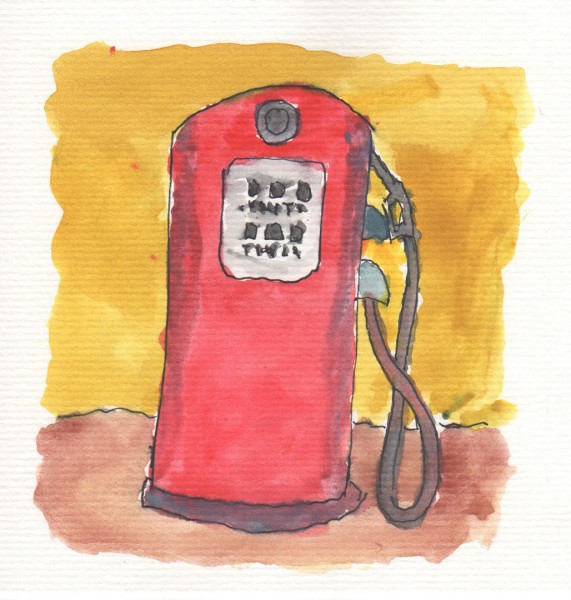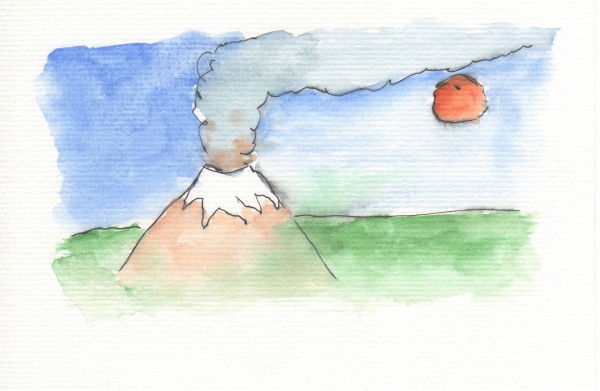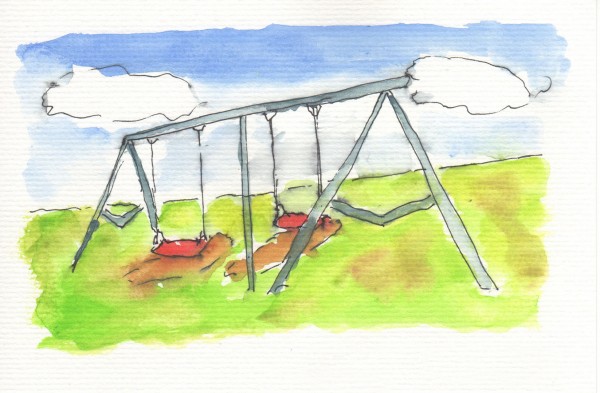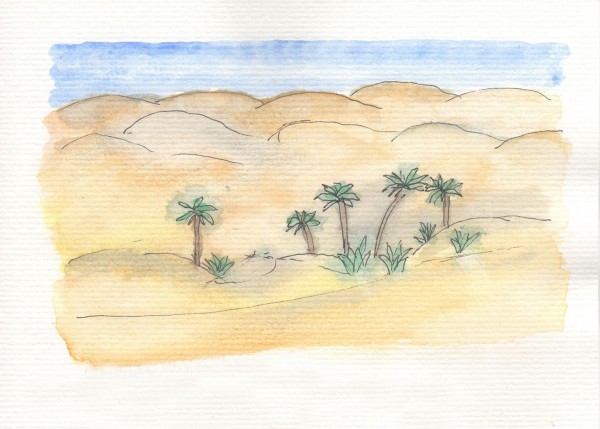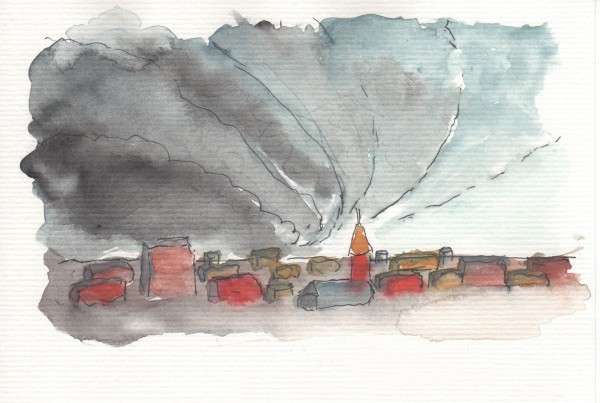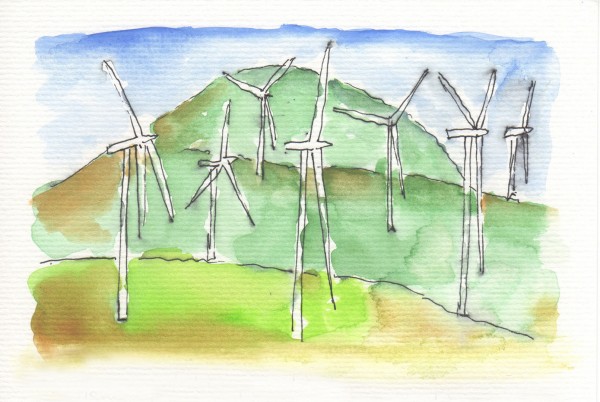
Haiku and watercolors help oceanographer Greg Johnson ’85 explain climate change
On the topic of communicating science, I like to quote Bates biologist Will Ambrose.
He once said that if the only people who understand your research are your academic adviser and your parents, then you’ve not done your job as a researcher.
Enter oceanographer Gregory Johnson ’85, who, as reported by Reuters, The Seattle Times, Salon and other media outlets, has used haiku and watercolors to communicate deftly the daunting concepts of climate change contained in a massive 2013 report.
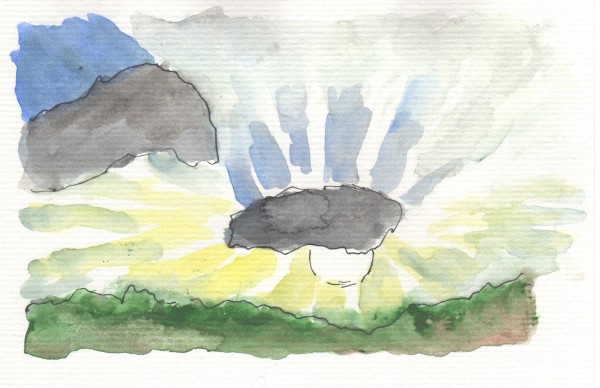
This watercolor by oceanographer Gregory Johnson ’85 is among 19 images with accompanying haiku that explain climate change. This one suggests that global warming persists despite the cooling effects of clouds and dust in the atmosphere. (Copyright Gregory Johnson)
Johnson, a physics major at Bates who earned a doctorate at MIT, is a major contributor to that report, Climate Change 2013: The Physical Science Basis, serving as a lead author of the chapter on climate change and the oceans.
At more than 1,500 pages and 8 pounds, the report paints the complete picture of climate change. But it’s not easy reading, and even an MIT-trained researcher like Johnson was looking for ways to reinforce, in his own mind, the report’s major ideas.
As Reuters explains, Johnson was home sick one day, going over the report’s “Summary for Policymakers,” itself a dense, 28-page slab of ideas. “I thought that if I tried distilling these ideas into haiku, maybe that would help fix them in my mind,” he says.
He eventually created 19 watercolor/haiku pairings that can be seen at Sightline Daily, published by the Sightline Institute, a Seattle-based environmental policy think-tank.
“Scientists can also be poets.”
In Sightline’s story, writer Anna Fahey notes that Johnson has created a “work of art [that] doubles as clear, concise, powerful talking points and a compelling visual guide” to understanding climate change.
“Condensing to this degree is not how scientists typically operate,” writes Fahey. “But, as Johnson proves, scientists can also be poets.”
As a disclaimer, Johnson emphasizes that the haiku and watercolors are a personal project, and don’t represent his employer, NOAA, or the international team of scientists responsible for the report.
A selection of Johnson’s haiku and watercolors are below. (All images copyright Gregory Johnson.)
